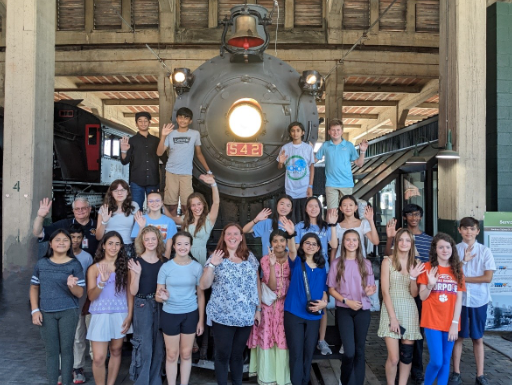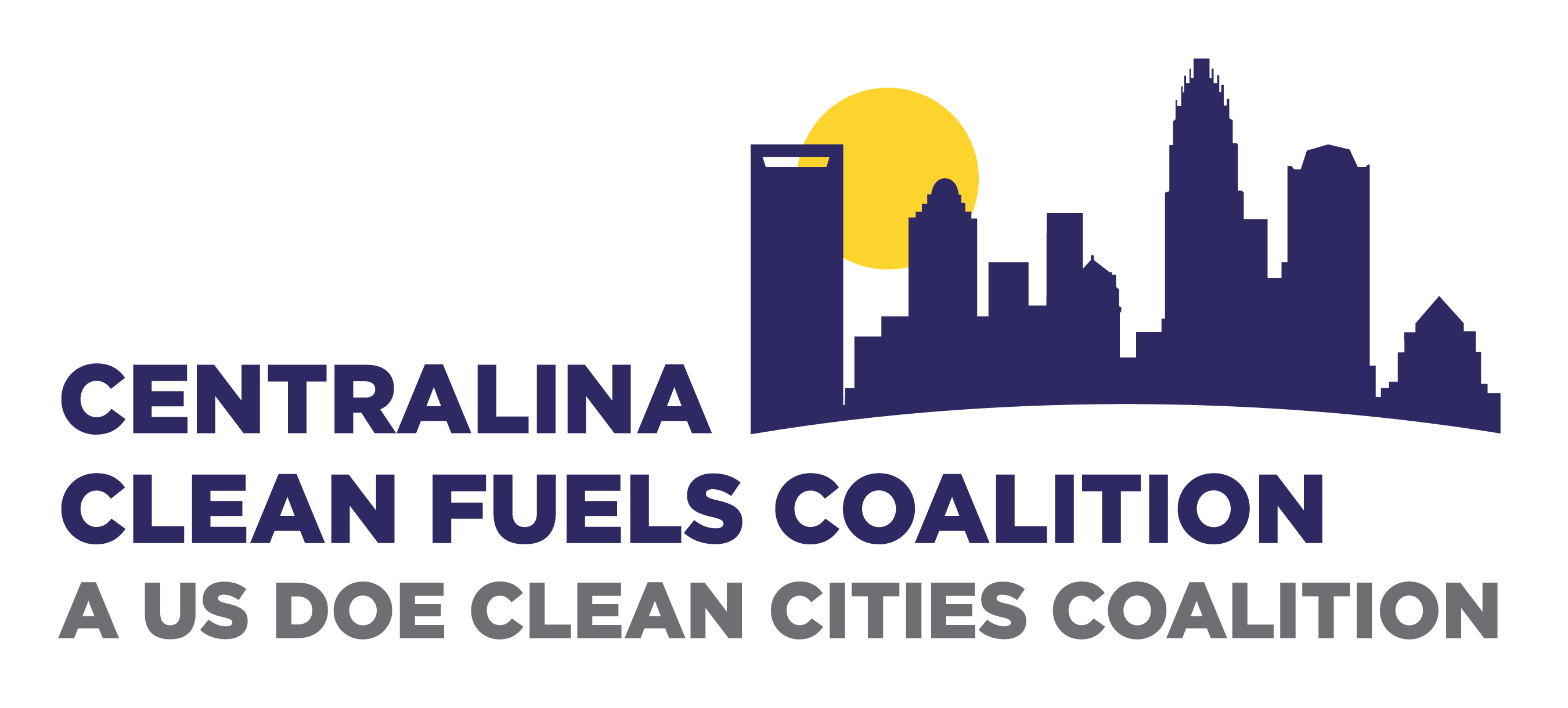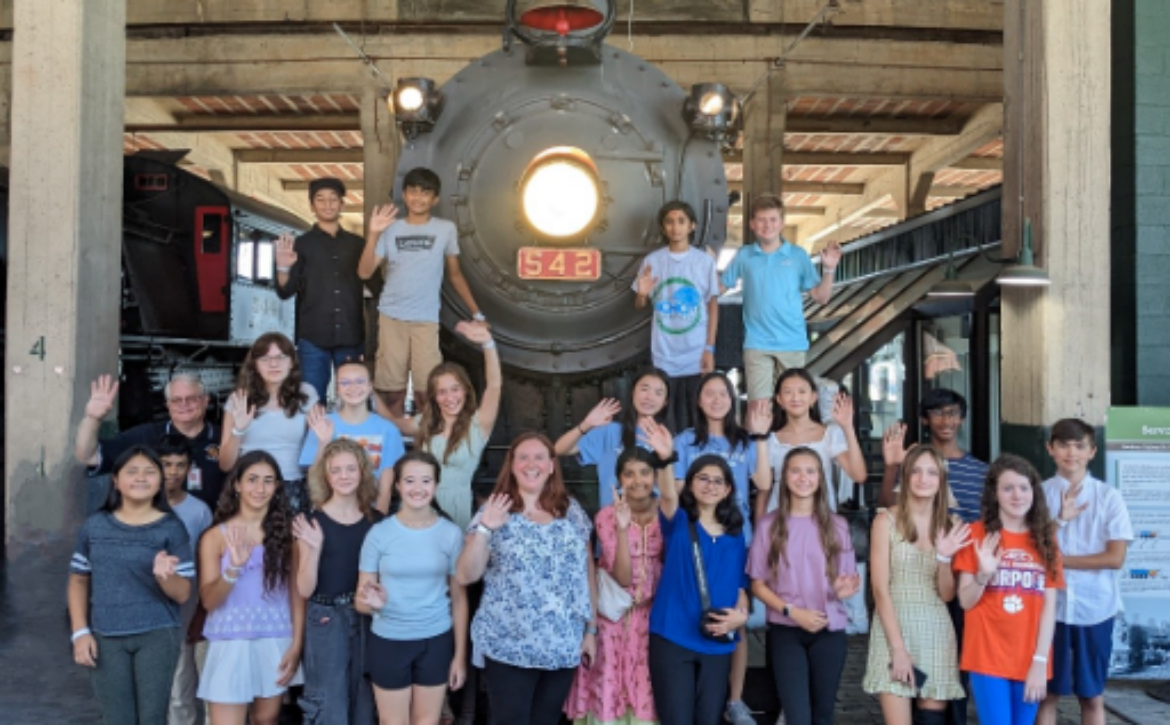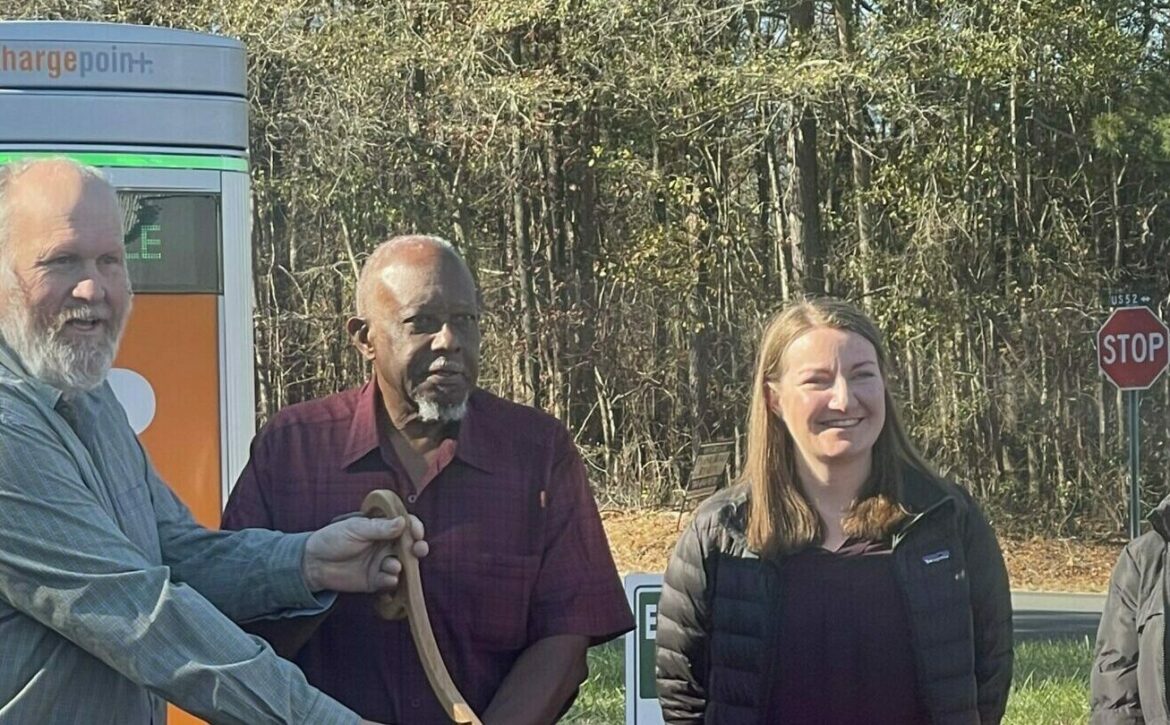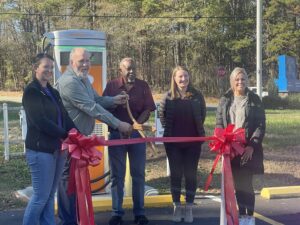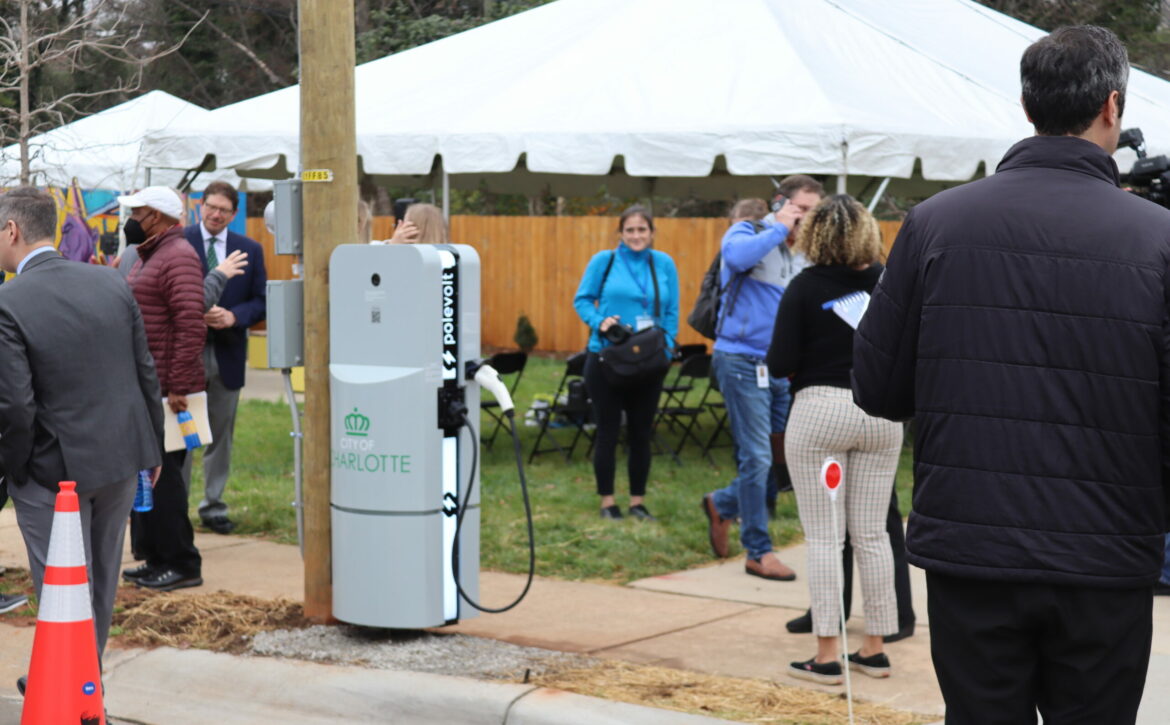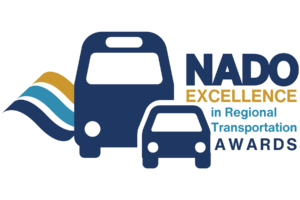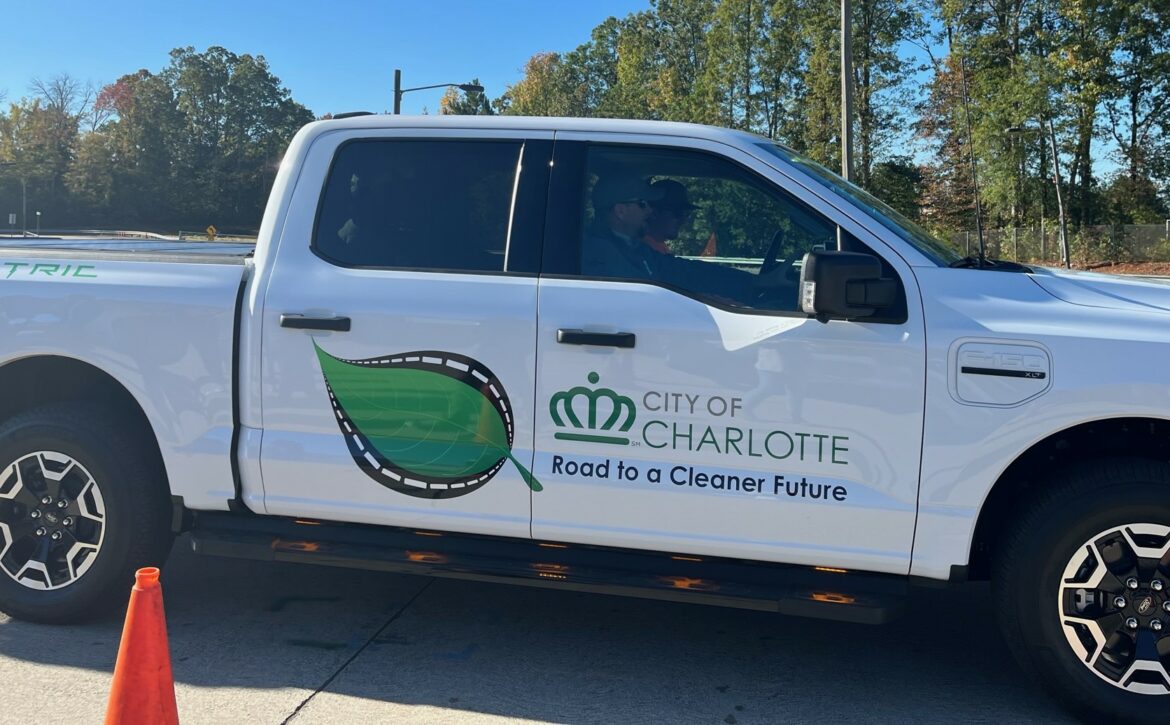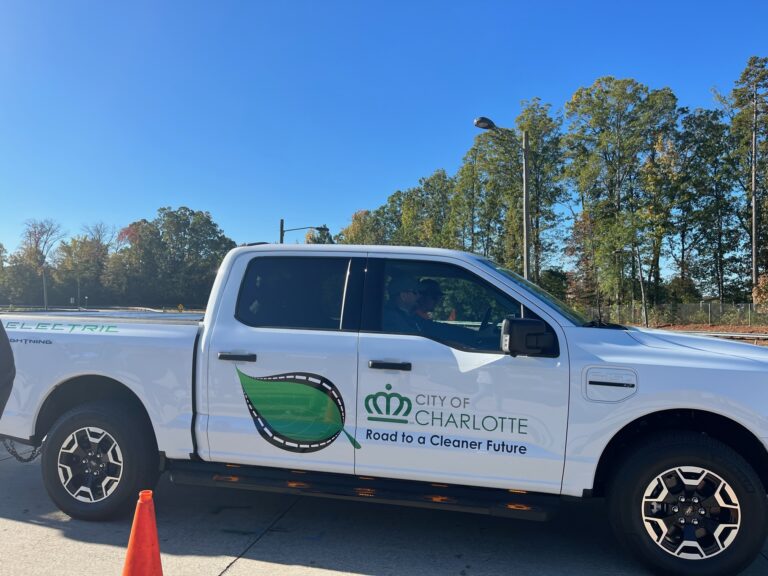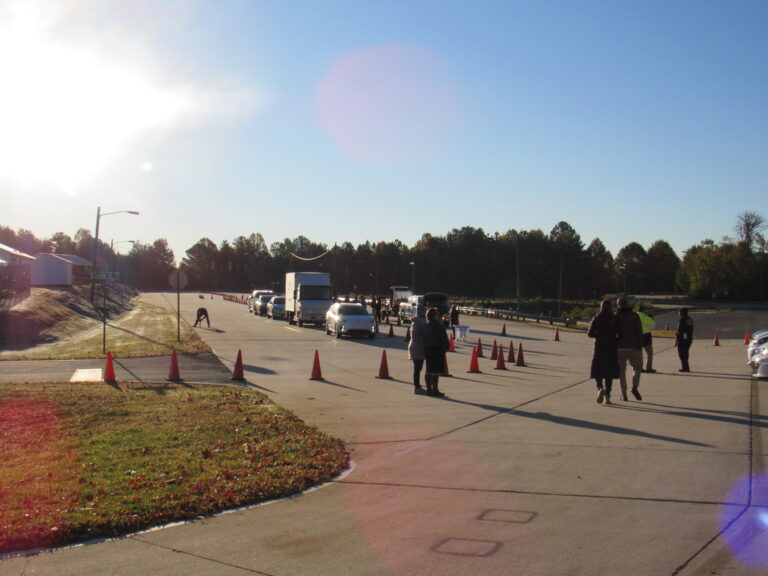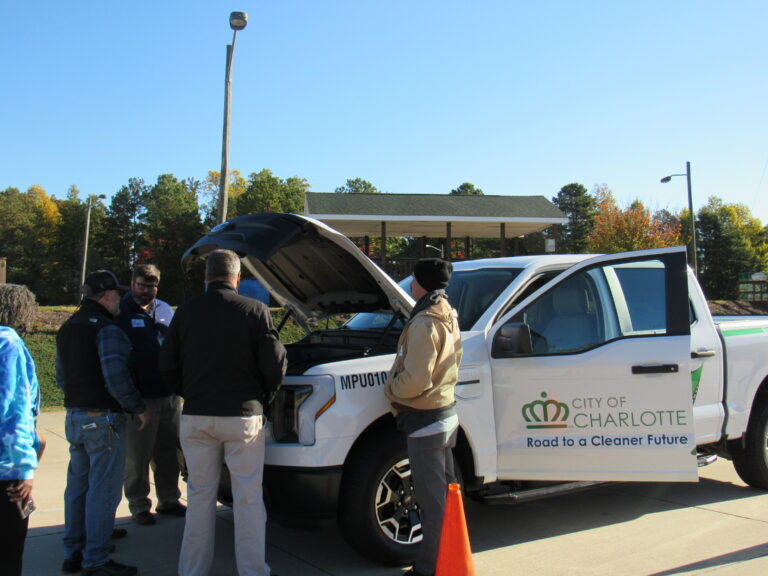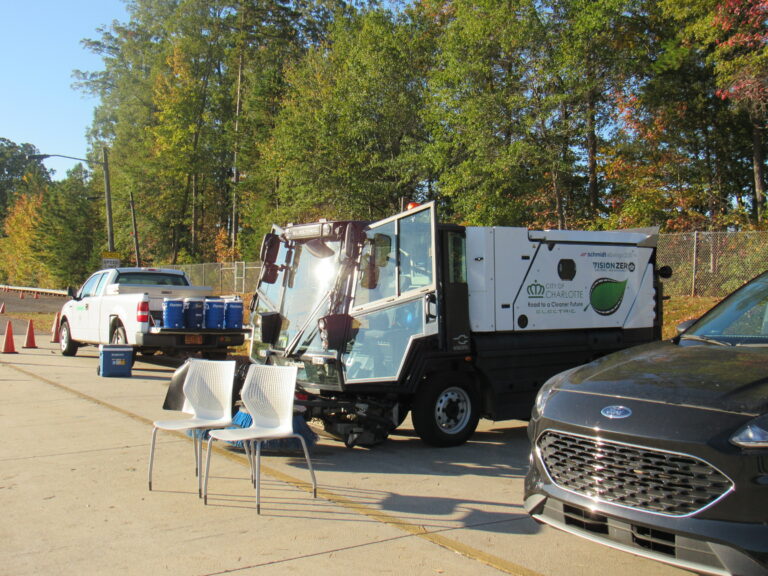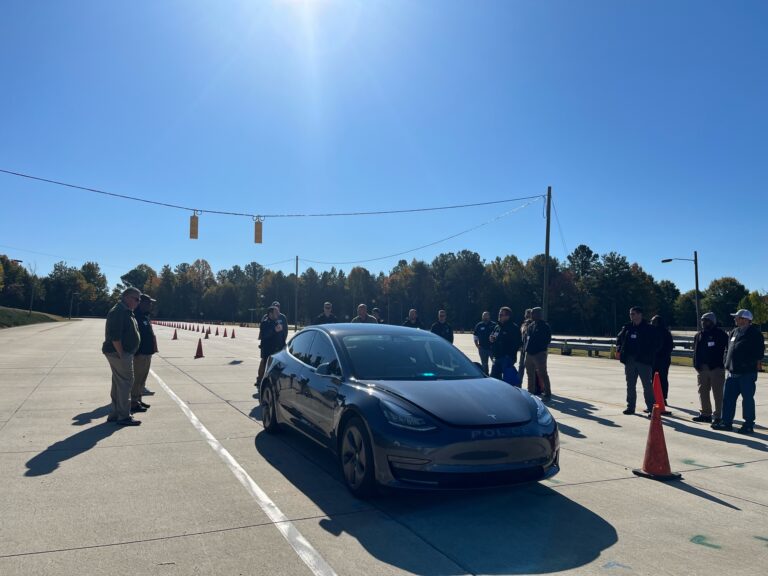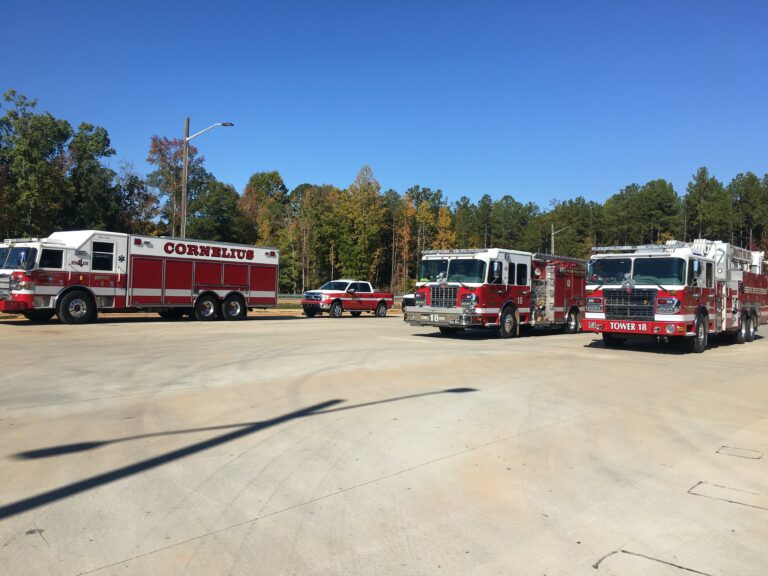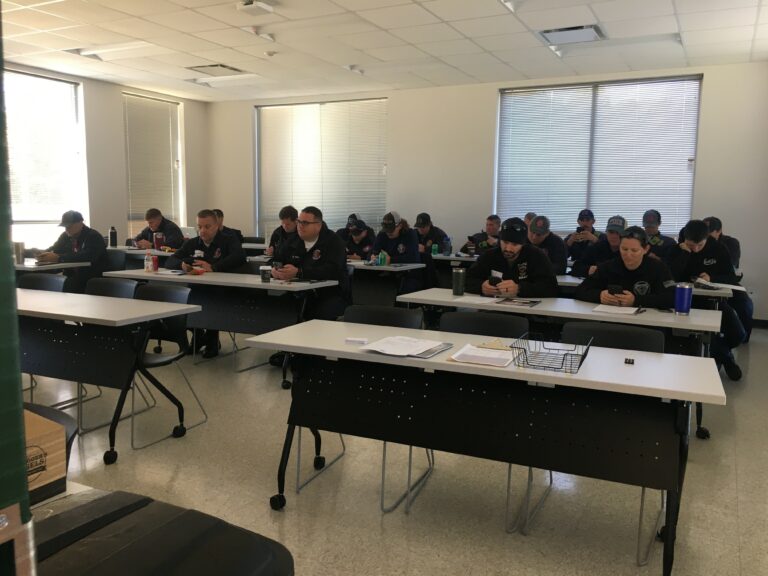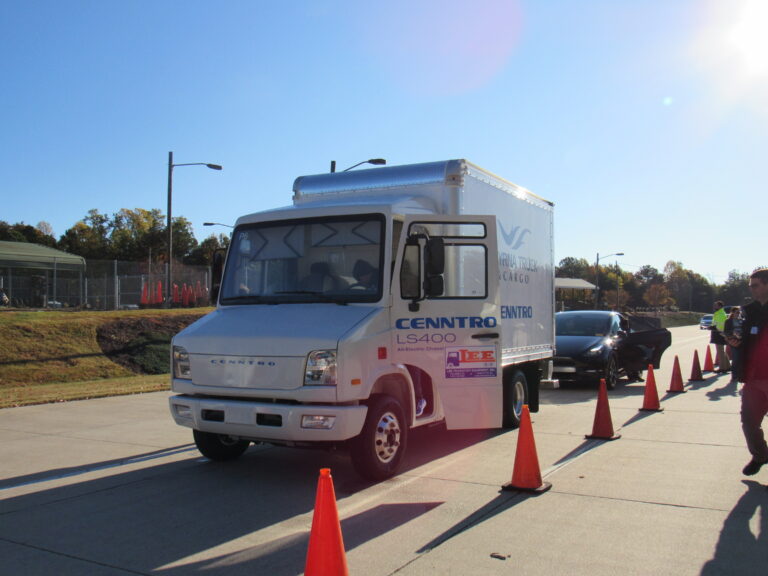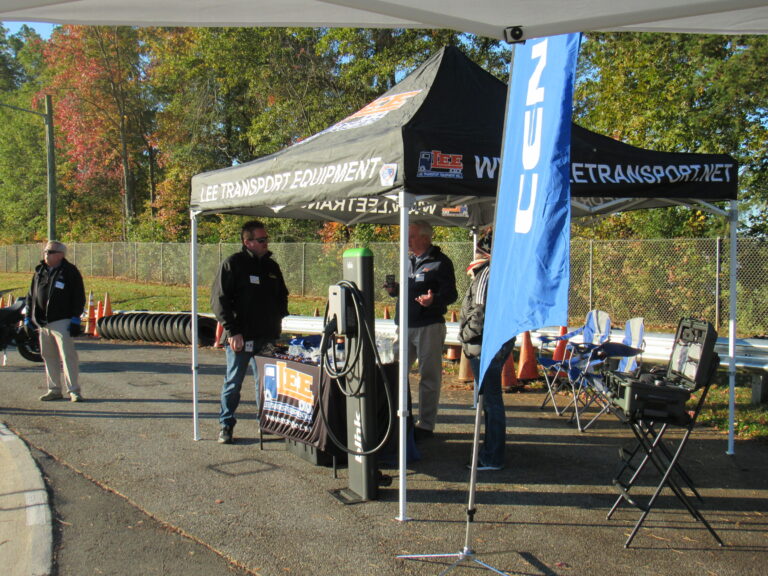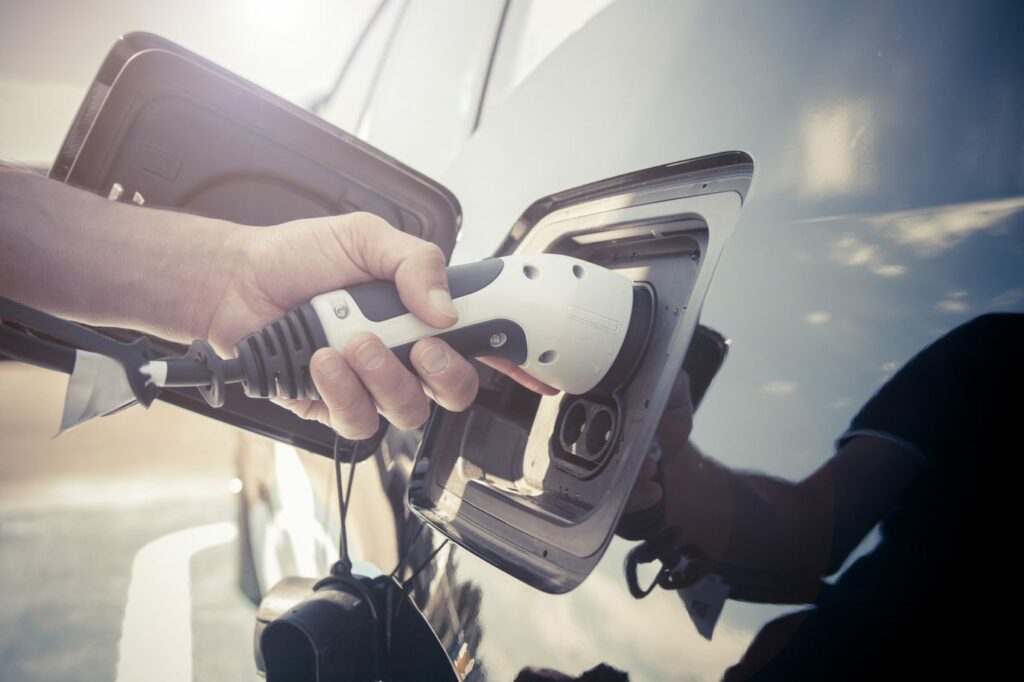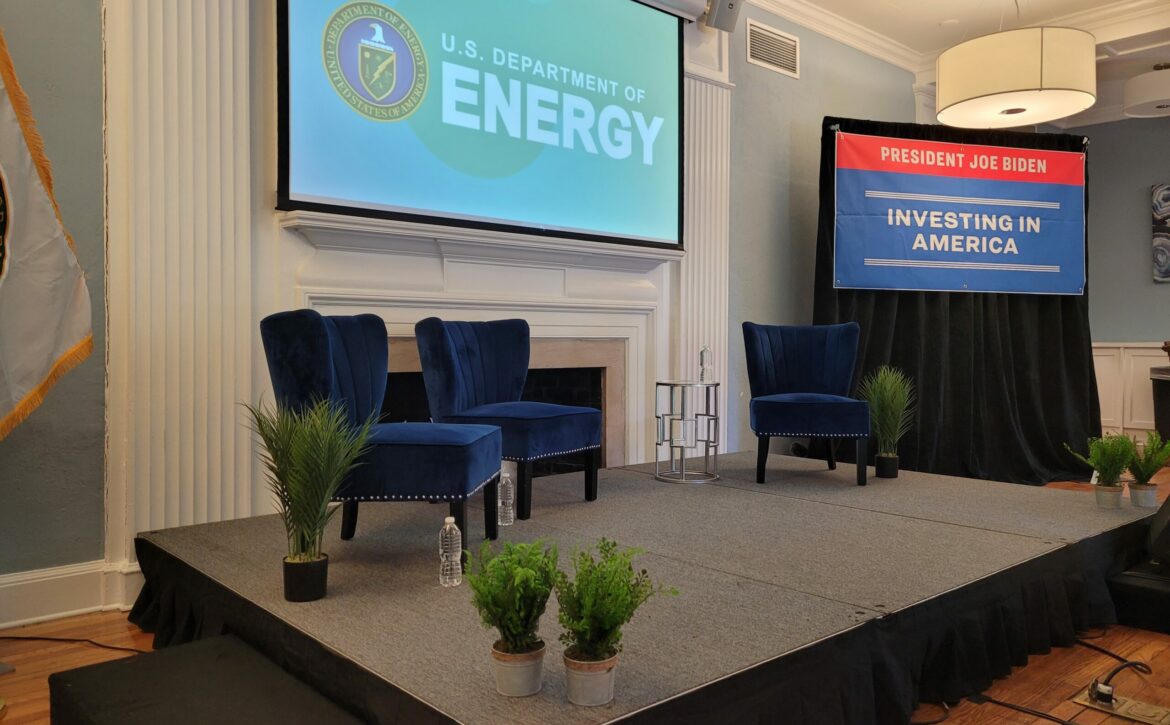On the 26th of June, Secretary Granholm traveled to North Carolina as her first stop in her “People Powered EV Summer Road Trip” across the Carolinas, Georgia, and Tennessee.
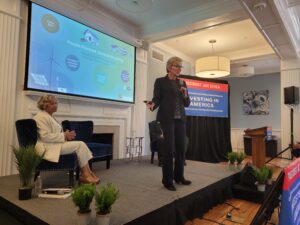
I, Melissa Jamison, a Clean Cities intern at Centralina Clean Fuels Coalition, am a Charlotte native with a passion for sustainability and environmental justice. I was fortunate enough to have been invited to attend an energy townhall at Johnson C. Smith University where Secretary Granholm and Mayor Lyles of Charlotte spoke about our state’s future in clean energy and the efforts by the Biden administration to address climate change.
In this town hall, Secretary Granholm shared the projects that the Department of Energy (DOE) had been working on, as well as their goals for the country in terms of clean energy. The Biden administration has set the U.S. power sector on the course for 100% clean energy by 2035, and net zero carbon emissions by 2050. Secretary Granholm pointed out the similarity between this plan and North Carolina’s law aimed to reduce 70% of carbon emissions by 2030, and reach carbon neutrality by 2050. This law made North Carolina the first southeastern state to write carbon emission reduction goals into law. She also celebrated North Carolina’s $30 million award for clean school bus replacements.
Secretary Granholm explained how important it was for the U.S. to start relying on domestic, clean sources of energy. Not only would we be reducing harmful carbon emissions through these efforts, but also eliminate our energy insecurity due to no longer having to rely on other countries for resources to keep our country powered. The DOE is also working on an energy storage technology that can assist with handling the expanding unpredictability of intermittent energy sources and rapidly changing fuel infrastructures.
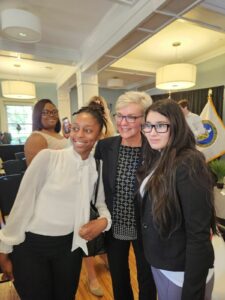
My Question to The Secretary
Questions from the audience were also taken with their registration to attend the event, and I was one of the lucky attendees who had their query read aloud for the Secretary and Mayor to answer. My question addressed the growing importance of Clean Cities, and the rise in funding for clean transportation. I asked how we can put a stop to the intentional exclusion from policymaking that communities most impacted by pollution face, and how we can ensure that environmental justice meets the needs of clean transportation in our community.
The Secretary first expressed the gratitude that the DOE has for Clean Cities, as we are one of their partners. She then went on to say that this was an important question to ask, as disparities have been built into our system that creates structural inequality. Due to this, the DOE has a team focused on environmental justice that builds structural equity into how their grants are made. During the review of grant applications, 20% of the evaluation is weighted on whether the application has a community benefits agreement, if the community is at the table, and if there is a workforce development plan. These factors are what developers are graded on to decide whether or not they get the grant, effectively forcing them to work with the community, rather than simply in the community. Secretary Granholm also gave an example of how if you are a solar developer, you automatically get a 30% tax credit. If you choose to develop solar panels on multifamily rooftops, you get an additional 20% tax credit if it’s in a disadvantaged community. If your solar panels are domestically produced, you get an extra 10% tax credit. This totals to a 60% tax credit urging developers to invest in disadvantaged communities. She added a final point that President Biden’s first executive order he signed was Justice40, which requires that 40% of benefits of certain federal investments must go to disadvantaged communities, showing their clear interest in helping these communities from the very beginning.
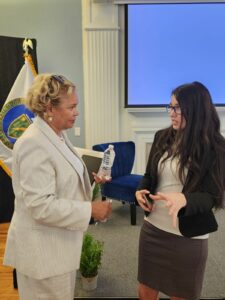
Mayor Lyles shared her thoughts on how this is not just an issue with energy, but with transportation, highways, housing, storm drainage, and even how we treat runoff and erosion in our communities. She says that the city council acknowledges the past and recognizes where change can be made, and believes that every part of what they do needs to have an equity lens.
I think that this is a great start to reshaping the DOE’s funding system and some of our federal investments through an equity lens. I also believe that the DOE is doing well in encouraging developers to work with disadvantaged communities. I am happy to say that the DOE has also been showing more support to Clean Cities by writing us into grants and supporting the edition of a Community Engagement Coordinator to our team. I hope we continue seeing support from the DOE, as I think the 75+ coalitions across the nation would be a fantastic instrument for building better relationships with disadvantaged communities and ensuring that their needs are communicated and met as we transform our country to one that is more sustainable and domestically stable.
Learn more about Senator Granholm’s visit to North Carolina and how President Biden’s Investing in America Agenda can strengthen our economy and provide for rural and underserved communities here.
